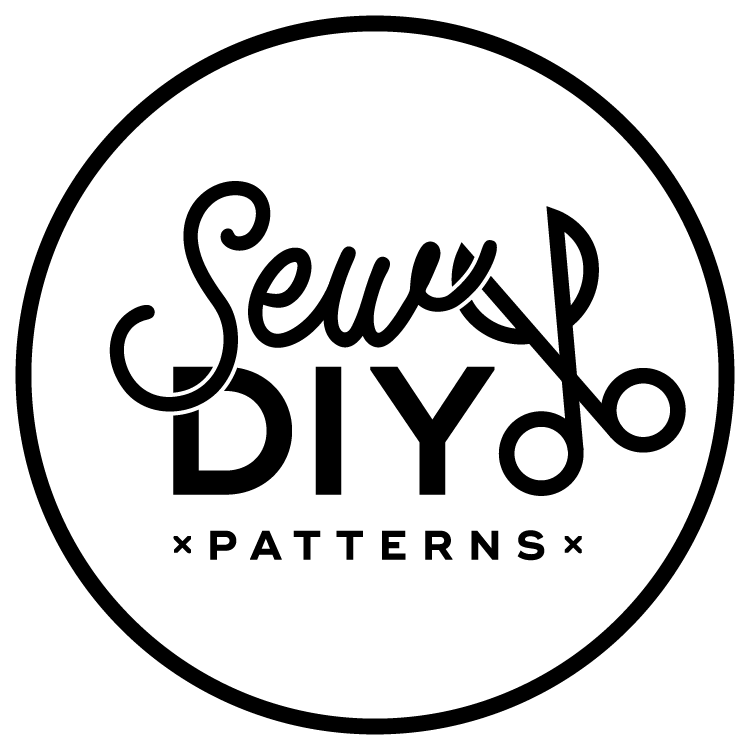In today’s video, I’ll be showing you how to sew piping into a seam. Piping is a great way to add an extra bit of detail to your garments or home decor items. Plus, it’s fairly easy to do. In this video, I’ll be showing you how to sew piping using a zipper foot to a flat piece of fabric and one that is in the round. Alternately, you may be able to buy a special piping foot to use when stitching piping.
Five tips for designing your own Tasi Robe and Jacket
My new Tasi Robe/Jacket draft-it-yourself pattern is (I hope) the first in a series of draft-it-yourself patterns. I love that the style of pattern is accessible to all people, teaches about pattern drafting and gives the maker (that’s you!) the power to customize the design.
This draft-it-yourself pattern will walk you through each step of designing and drafting your own custom fit pattern. You choose the proportions you’d like and we give you the formulas to draft all the pattern pieces. If you’re new to designing things, it can be a little tricky deciding how much ease you like and the proportions that work best for you. So, for today’s blog post, I’m going to share a few tips for how to design the Tasi for you preferences.
Seam finishes for the Tasi Robe and Jacket
One of my intentions with my new Tasi Robe or Jacket pattern was to create a garment that embraces the ethos of slow sewing. When appropriate I recommend doing hand finishes and today, I’ll be sharing tips for finishing your Tasi with French seams or a Hong Kong finish. Both methods take more time but they create a really beautiful finish. The one big-ish challenge with using these finishes on the Tasi is the right angle of the underarm seam. But, I've figured out some modifications to make these techniques work for this pattern and minimize any bulk at the underarm.
These methods are not appropriate for all fabric. I recommend using French seams when sewing lightweight fabrics like rayon, cotton or silk. Generally, these would be used for the robe, view A. The jacket (view B) works well when sewn in medium to heavy weight fabrics which makes it a great opportunity for using the Hong Kong finish. To learn more about my fabric recommendations for these patterns, check out this blog post. Let’s get started!










